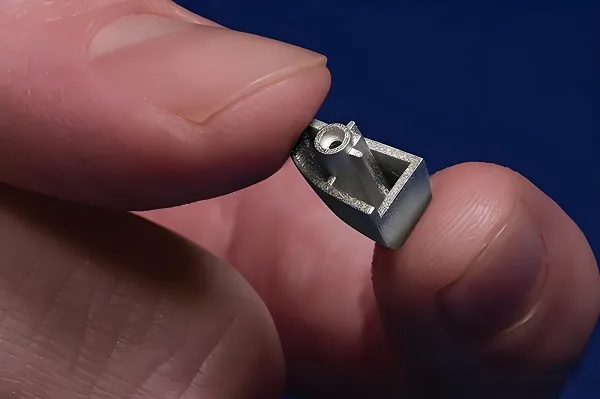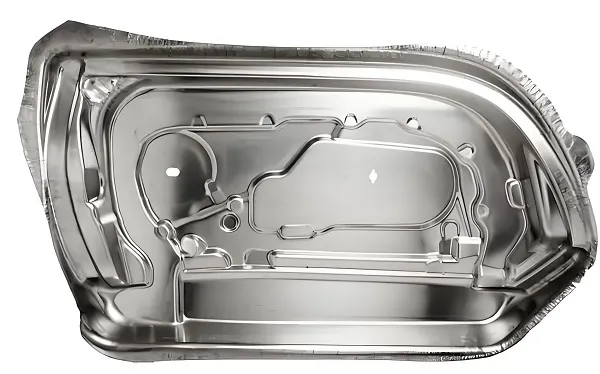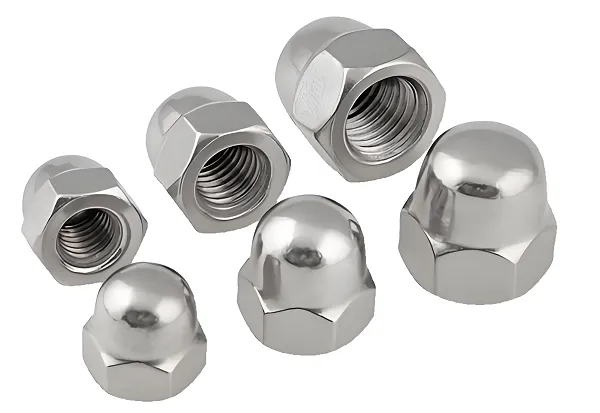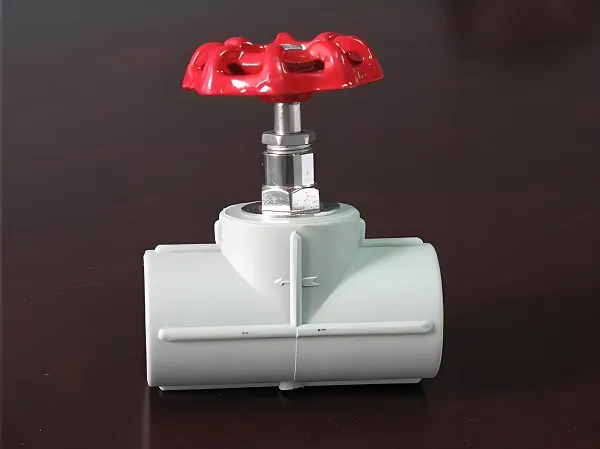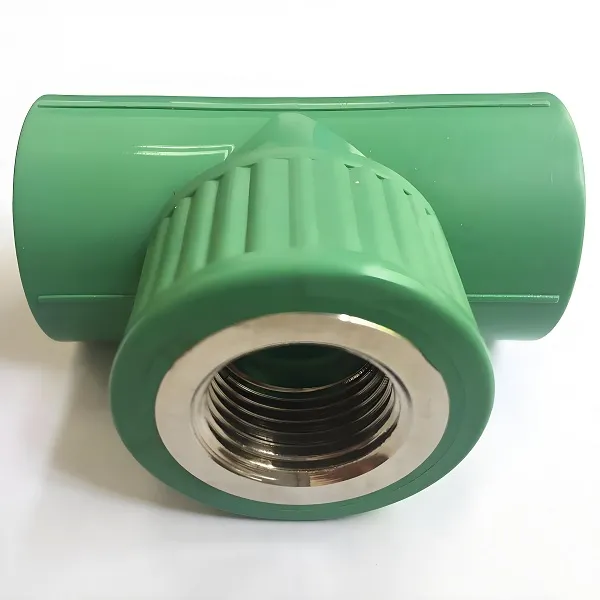CNC (Computer Numerical Control) machining process has become an integral part of modern manufacturing, enabling the creation of highly precise and complex components. Let’s explore this manufacturing process in detail from the following aspects:

1. Introduction to CNC Machining
CNC machining is a subtractive manufacturing technique where material is removed from a workpiece to achieve the desired shape and dimensions. It utilizes computer-controlled machines and pre-written programs to direct the movement of cutting tools, ensuring accuracy and repeatability.
2. CNC Machine Tools
The heart of the CNC machining process lies in the machine tools. Common types include CNC milling machines, lathes, routers, and grinders. Milling machines are versatile and can perform various operations such as milling, drilling, and boring. Lathes are used for rotational parts, while routers are often employed in woodworking and plastics. Grinders are for achieving fine surface finishes.
3. Programming and Software
Programming is a crucial aspect of CNC machining. Computer-aided design (CAD) software is used to create the 3D model of the part to be manufactured. This model is then imported into computer-aided manufacturing (CAM) software, where the machining operations, toolpaths, and parameters are defined. The resulting program, typically in G-code or another machine-specific language, is uploaded to the CNC machine’s control system.
4. Workpiece and Material Selection
The choice of workpiece material depends on the application and requirements of the final part. Metals like aluminum, steel, titanium, and brass are commonly used, as well as plastics, composites, and wood. The material’s properties, such as hardness, ductility, and thermal conductivity, influence the machining process and tool selection.
5. Cutting Tools and Toolholders
The selection of appropriate cutting tools is essential for efficient and accurate machining. Different types of tools, such as end mills, drills, and taps, are available, each designed for specific operations. The quality and geometry of the tools, as well as the toolholders used to hold them securely, impact the machining performance and surface finish.
6. Machining Operations
CNC machining encompasses a wide range of operations. Milling involves removing material by moving the cutting tool along multiple axes. Turning is used for cylindrical parts where the workpiece rotates. Drilling creates holes, and boring enlarges existing holes. Other operations include threading, profiling, and pocketing.
7. Process Parameters
Several parameters need to be carefully set to ensure a successful machining process. These include cutting speed, feed rate, depth of cut, and coolant application. The right combination of these parameters depends on the material, tool, and part geometry. Optimizing these parameters helps improve productivity, tool life, and surface quality.
8. Fixturing and Workholding
Proper fixturing and workholding are critical to secure the workpiece during machining and prevent movement or vibration. This ensures accuracy and reduces the risk of damage to the part and the tool. Different fixtures and clamping methods are used depending on the shape and size of the workpiece.
9. Quality Control and Inspection
Throughout the machining process, quality control is essential. Measurements are taken using precision tools like micrometers, calipers, and coordinate measuring machines (CMMs) to ensure the part meets the specified tolerances. In-process inspection helps detect any deviations early and allows for corrective actions to be taken.
10. Post-Processing Operations
After the primary machining is completed, post-processing operations may be required. This can include deburring, polishing, surface treatment, or assembly. These additional steps enhance the part’s functionality and appearance.
11. Advantages and Applications of CNC Machining
The advantages of CNC machining include high precision, repeatability, complex geometries, and the ability to produce parts in various materials. It is widely used in industries such as aerospace, automotive, medical, electronics,
12. Challenges and Future Trends
Despite its many benefits, CNC machining faces challenges such as high initial investment, skilled operator requirements, and tool wear. However, ongoing advancements in technology, such as improved machine accuracy, tool materials, and additive manufacturing integration, are shaping the future of CNC machining.
In conclusion, the CNC machining process is a complex but highly effective manufacturing method that combines advanced technology, precise tooling, and careful planning to produce high-quality components. Understanding its various aspects is crucial for achieving optimal results in modern manufacturing.


